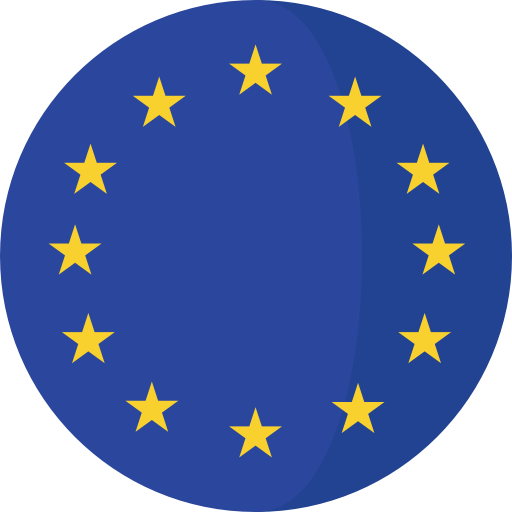In the heart of Europe, where the Netherlands and Belgium converge, lies the peculiar town of Baarle. Divided into Baarle-Nassau (Dutch) and Baarle-Hertog (Belgian), this town of just under 10,000 people is a living testament to the European Union’s complexity and paradoxical nature.
A Patchwork of Borders
The international border crisscrosses through Baarle, marked by white crosses on the pavement, sometimes bisecting buildings, including the town hall.
This division results in 22 Belgian enclaves within Dutch territory and six Dutch counter-enclaves within these Belgian enclaves. The result is a patchwork quilt effect on maps, with the border snaking haphazardly around the town.
On European election days, this division becomes particularly evident. Dutch residents vote on June 6, while their Belgian neighbors cast their ballots three days later. “Anyone Dutch?
Come and vote in here,” called a volunteer outside a Dutch polling station, while just a few meters away, a Belgian snack bar advertised “Fresh Belgian Fries.”
Election posters for Dutch and Belgian candidates stand a stone’s throw apart, highlighting the town’s split identity. Visiting every enclave means crossing the Dutch-Belgian border 60 times in just a few kilometers, according to Ad Tuijtelaars from the local tourist office.
Daily Life Amidst Divisions
The town’s daily life is filled with anecdotes reflecting its unique situation. Couples marrying in the town hall must choose their nationality by deciding which side of the room to use.
In one split house, a 90-year-old woman resides on the Belgian side while her son lives just down the corridor in the Netherlands.
Residents take advantage of different laws and tax regimes. Petrol and cigarettes are cheaper in Belgium, while food tends to be more affordable in the Netherlands.
Fireworks regulations vary, prompting a rush to Baarle-Hertog during non-New Year periods.
Different national closing times once forced diners in a split restaurant to switch sides to finish their meals. The border even runs through a supermarket, with signs directing shoppers to Belgian mayonnaise on one side and Dutch chocolate sprinkles on the other.
During the COVID-19 pandemic, contrasting mask regulations created confusion: masks were mandatory in Baarle-Hertog but required only on public transport in Baarle-Nassau.
Historical Roots and Modern Lessons
Baarle’s geographical oddity dates back to the Middle Ages, specifically 1198, when Henry I, Duke of Brabant, allocated land to Godfried of Schoten, Lord of Breda. The border issue became prominent in 1830 with Belgium’s independence from the Netherlands and was only settled in 1995.
Theo van der Veerdonk, a local voter, sees Baarle as a model for European unity. “We have a town of two nationalities, and I think Europe should be one,” he said. “Here we have two town halls, two police services, two fire services… and that’s completely crazy.”
Tuijtelaars, a lifelong resident, believes Baarle demonstrates peaceful coexistence despite national differences. “If you live so close to each other, why should you quarrel? There’s no need for conflict—well, apart from when Belgium plays the Netherlands at football,” he joked.
Baarle, with its intertwined identities and shared daily life, stands as a microcosm of the broader European challenge of integration and cooperation, attracting tourists worldwide intrigued by its “World’s Strangest Border Situation.”
This article was created using automation technology and was thoroughly edited and fact-checked by one of our editorial staff members
